Ano Moulia is a picturesque mountain village in the Gortyna municipality, Crete, Greece. The residents primarily engage in agriculture, cultivating olives, grapes, and cereals, and producing wine, raisins, and olive oil. The village has a primary school and a kindergarten. The etymology of the village’s name is believed to be derived from the ancient Greek verb “millo,” meaning “to crush” or “to grind.”
Historical References
The village’s early references in documents from 1248 and 1379 provide evidence of its existence during the Venetian period. The Ottoman census of 1671 offers a glimpse into the village’s demographic makeup during the Ottoman occupation, revealing a mixed population of Christians and Muslims. The village’s participation in the Cretan struggle for independence and its subsequent name change in 1940 reflect its resilience and adaptability in the face of historical challenges.
The tragic story of the Three New Martyrs, who were brutally killed by the Ottomans for their faith, adds a poignant layer to Ano Moulia’s history. The construction of a church dedicated to their memory serves as a lasting tribute to their sacrifice and underscores the village’s deep-rooted religious convictions.
Location and Dimensions
Nestled in the foothills of the Asterousia Mountains, Ano Moulia commands a strategic position overlooking the fertile Messara Plain. Its elevation of 640 meters provides a cool respite from the summer heat and offers stunning vistas of the surrounding landscape. The village itself is relatively compact, with its houses and narrow streets clustered around the central square and the Church of the Holy Apostles.
Historical Significance
Ano Moulia’s historical significance lies in its continuous habitation since at least the 13th century, making it a living testament to the enduring spirit of Cretan rural communities. The village’s architectural heritage, exemplified by the Church of the Holy Apostles and the various chapels, reflects the deep influence of Byzantine and Venetian traditions. The story of the Three New Martyrs adds a unique dimension to Ano Moulia’s historical narrative, highlighting the resilience and faith of its people during turbulent times.
Population Data Over the Years
The demographic trajectory of Ano Moulia reflects the broader trends of rural depopulation in Crete. While the village experienced population growth during certain periods, reaching a peak of 548 inhabitants in 1991, subsequent decades witnessed a decline. The 2011 census recorded a population of 375, indicating a continued trend of emigration, particularly among younger generations seeking opportunities in larger urban centers.
Year |
Population |
|---|---|
1583 |
119 |
1881 |
176 |
1928 |
295 |
1991 |
548 |
2001 |
410 |
2011 |
375 |
Religious Sites
- Church of the Holy Apostles: A cruciform church with a dome, located within the village. It features 12th-13th century frescoes.
- Chapels: Several chapels are located in the surrounding area, including those dedicated to Saint Panteleimon, the Virgin Mary, Saint George, and Saint Theodore. These chapels have damaged frescoes.
- Church of the Three New Martyrs: Located north of the village, this church commemorates three local martyrs who were killed by the Ottomans between 1866 and 1878.
Current Status
Ano Moulia remains a primarily agricultural village, its economy reliant on the cultivation of olives, grapes, and cereals. The production of wine, raisins, and olive oil continues to be an important source of livelihood for many residents. However, the village faces the challenges associated with rural depopulation, including the loss of traditional knowledge and skills, and the strain on community infrastructure and services.
Despite these challenges, Ano Moulia retains its strong sense of community and cultural identity. The active participation of residents in religious festivals and cultural events, along with the preservation of historical landmarks, demonstrates a commitment to maintaining the village’s unique character. The Church of the Three New Martyrs, completed in 2009, stands as a symbol of hope and renewal, reminding the community of its strength and resilience in the face of adversity.
Village Key Points
- Historical References: Documented history from 1248, Ottoman presence, name change in 1940.
- Location: Gortyna municipality, Crete, Greece. 33 km from Heraklion.
- Elevation: 640 meters above sea level.
- Historical Significance: Old settlement with documented history, evidence of Ottoman presence, association with three New Martyrs.
- Current Status: Primarily agricultural village with approximately 500 inhabitants.
Access
Ano Moulia is 8.6 kilometers away from the town Zaros and 2.2 kilometers away from Agia Varvara













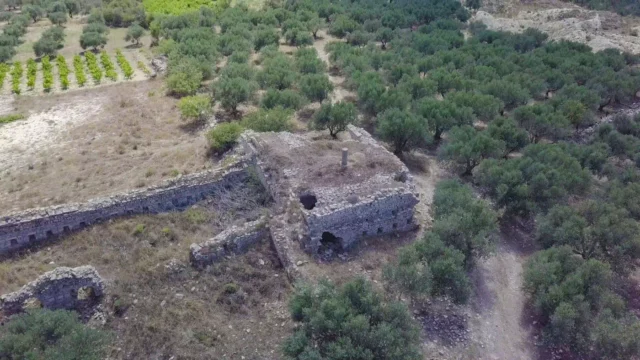



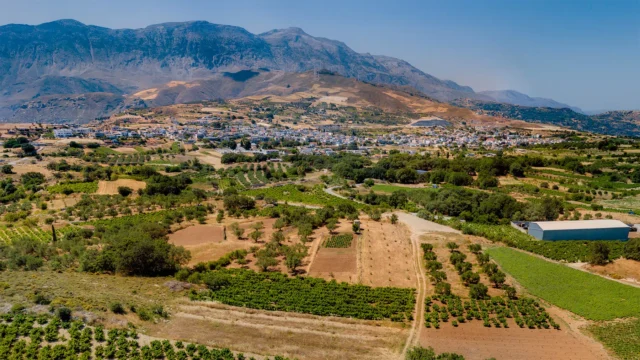
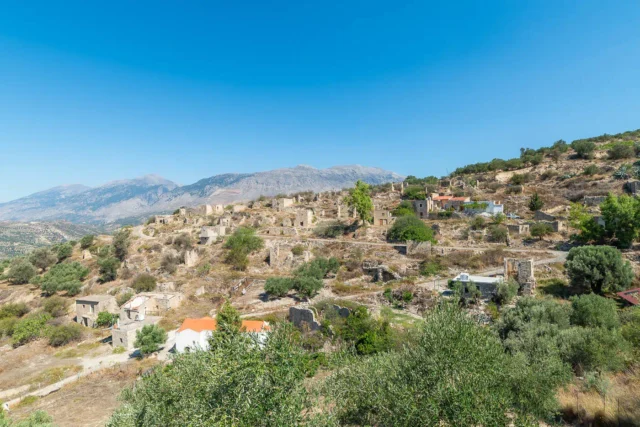

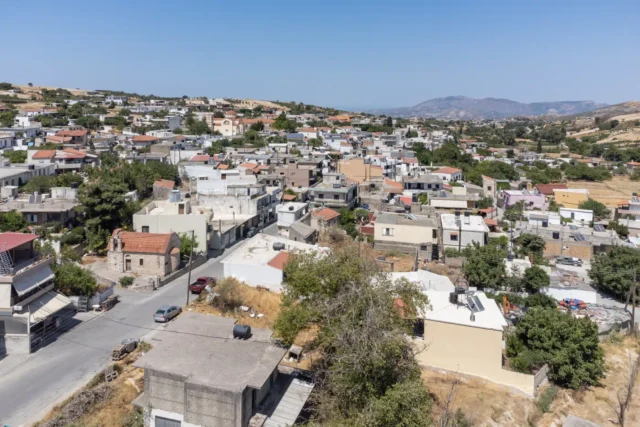

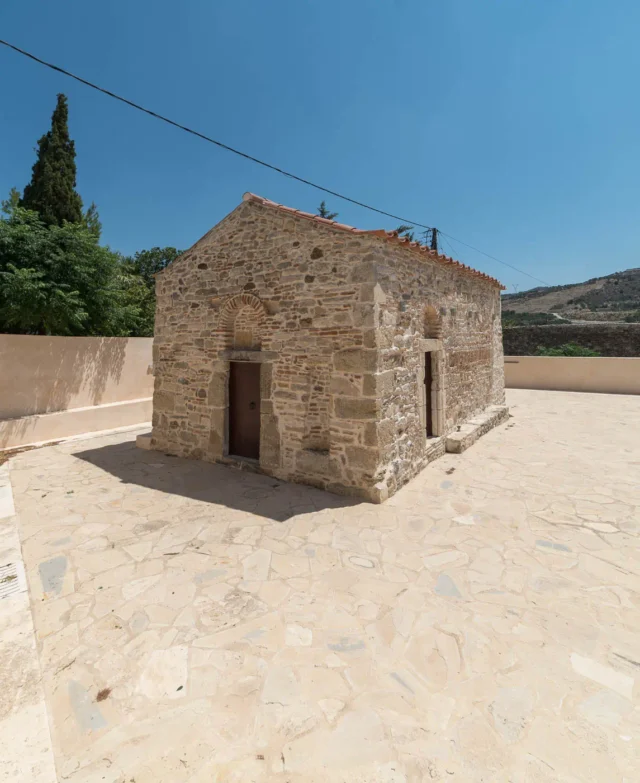
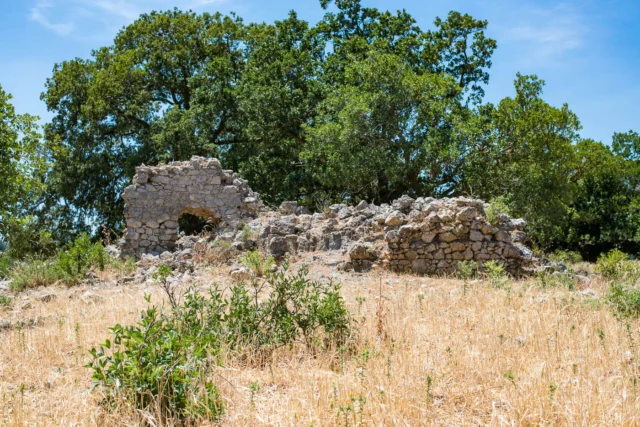
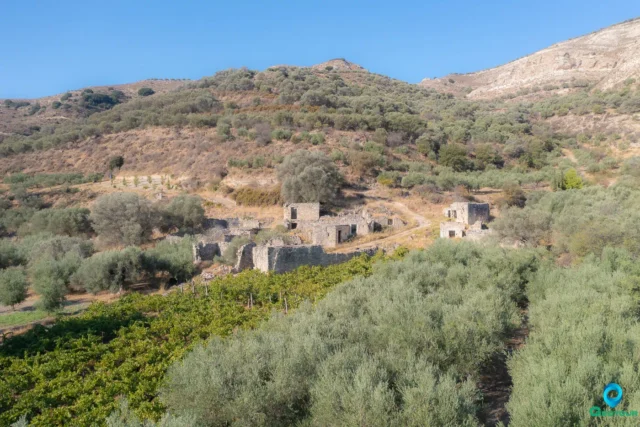
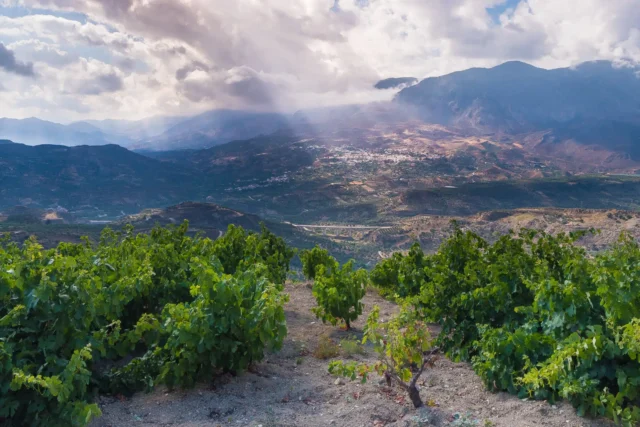
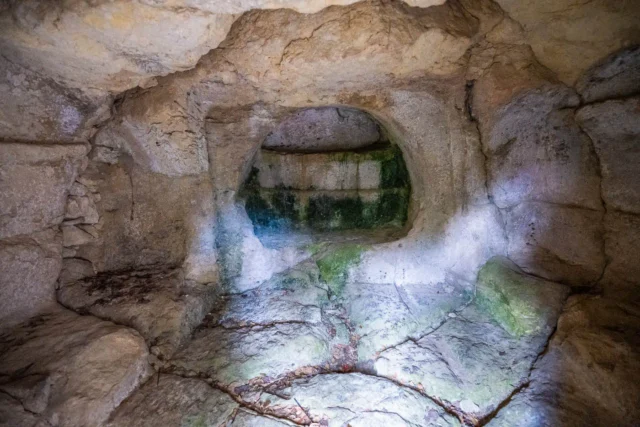


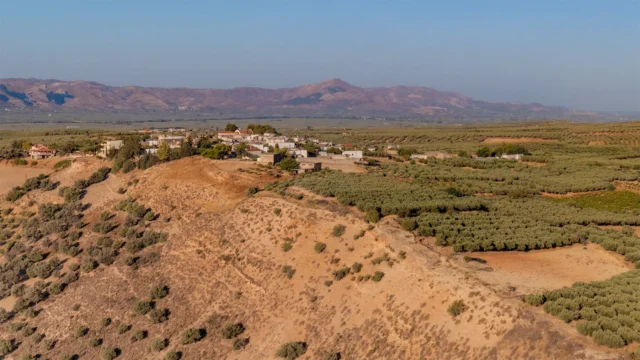
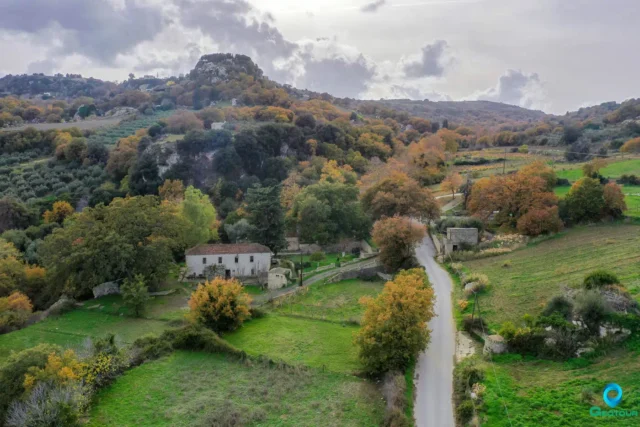
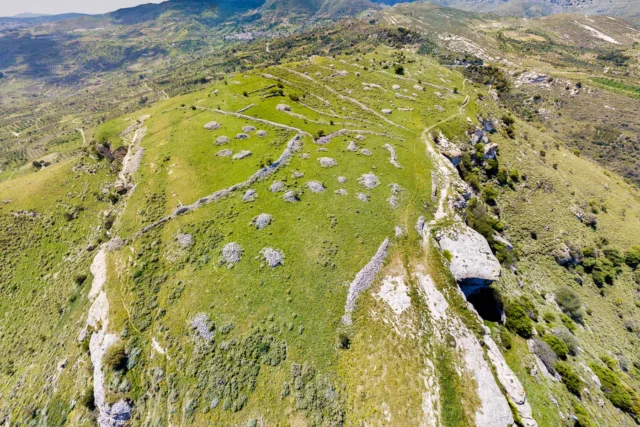
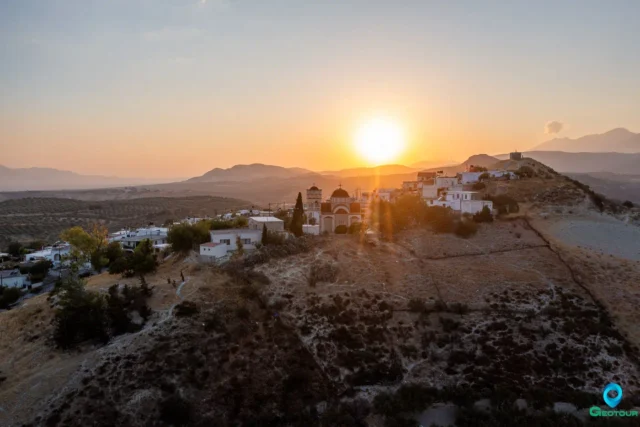

There are no comments yet.